Glazing painted white oak kitchen cabinets
Karen Marcely
15 years ago
Related Stories
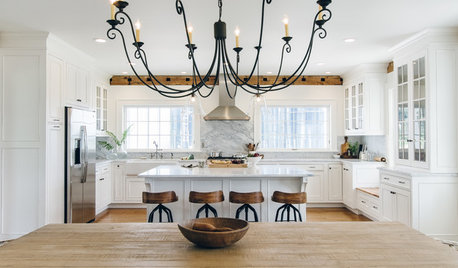
WHITE KITCHENS4 Dreamy White-and-Wood Kitchens to Learn From
White too bright in your kitchen? Introduce wood beams, countertops, furniture and more
Full Story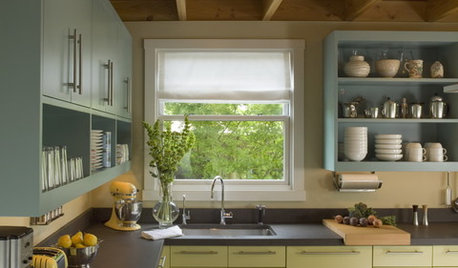
MOST POPULAR8 Great Kitchen Cabinet Color Palettes
Make your kitchen uniquely yours with painted cabinetry. Here's how (and what) to paint them
Full Story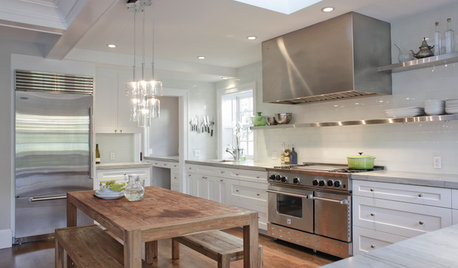
KITCHEN DESIGNCooking With Color: When to Use White in the Kitchen
Make sure your snowy walls, cabinets and counters don't feel cold while you're riding white's popularity peak
Full Story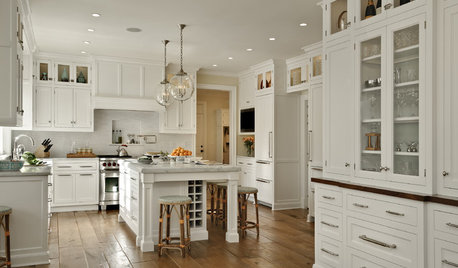
KITCHEN DESIGNDream Spaces: 12 Beautiful White Kitchens
Snowy cabinets and walls speak to a certain elegance, while marble counters whisper of luxury
Full Story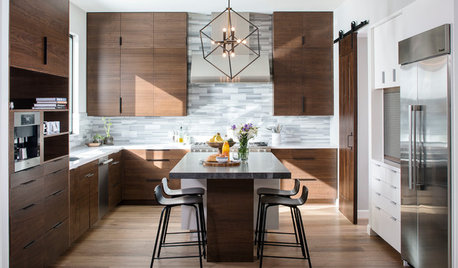
KITCHEN DESIGNNew This Week: Moody Kitchens to Make You Rethink All-White
Not into the all-white fascination? Look to these kitchens for a glimpse of the dark side
Full Story
MOST POPULARFrom the Pros: How to Paint Kitchen Cabinets
Want a major new look for your kitchen or bathroom cabinets on a DIY budget? Don't pick up a paintbrush until you read this
Full Story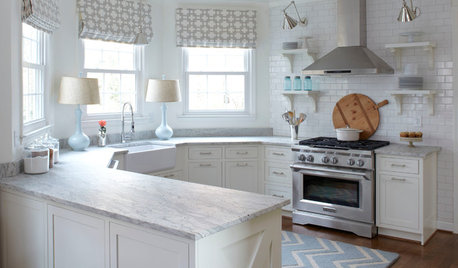
KITCHEN DESIGNHow to Keep Your White Kitchen White
Sure, white kitchens are beautiful — when they’re sparkling clean. Here’s how to keep them that way
Full Story
KITCHEN CABINETSKitchen Cabinet Color: Should You Paint or Stain?
Learn about durability, looks, cost and more for wooden cabinet finishes to make the right choice for your kitchen
Full Story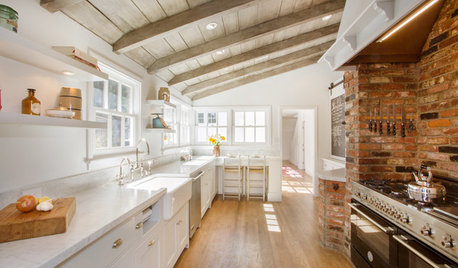
KITCHEN DESIGNKitchen of the Week: Brick, Wood and Clean White Lines
A family kitchen retains its original brick but adds an eat-in area and bright new cabinets
Full Story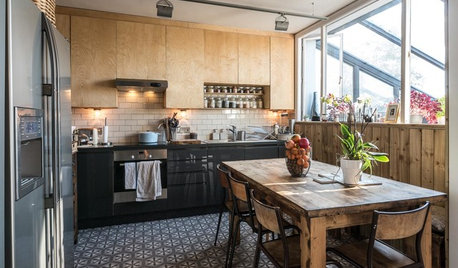
KITCHEN DESIGNA Two-Tone Cabinet Scheme Gives Your Kitchen the Best of Both Worlds
Waffling between paint and stain or dark and light? Here’s how to mix and match colors and materials
Full StoryMore Discussions







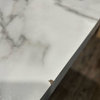

choochnbob
Karen MarcelyOriginal Author
Related Professionals
Haslett Kitchen & Bathroom Designers · Wentzville Kitchen & Bathroom Designers · Kendale Lakes Kitchen & Bathroom Remodelers · Lomita Kitchen & Bathroom Remodelers · Schiller Park Kitchen & Bathroom Remodelers · York Kitchen & Bathroom Remodelers · Glenn Heights Kitchen & Bathroom Remodelers · Palestine Kitchen & Bathroom Remodelers · Berkeley Heights Cabinets & Cabinetry · Brea Cabinets & Cabinetry · Daly City Cabinets & Cabinetry · Kentwood Cabinets & Cabinetry · Tabernacle Cabinets & Cabinetry · Albertville Tile and Stone Contractors · Oak Grove Design-Build Firmscolleenkay
choochnbob
live_wire_oak